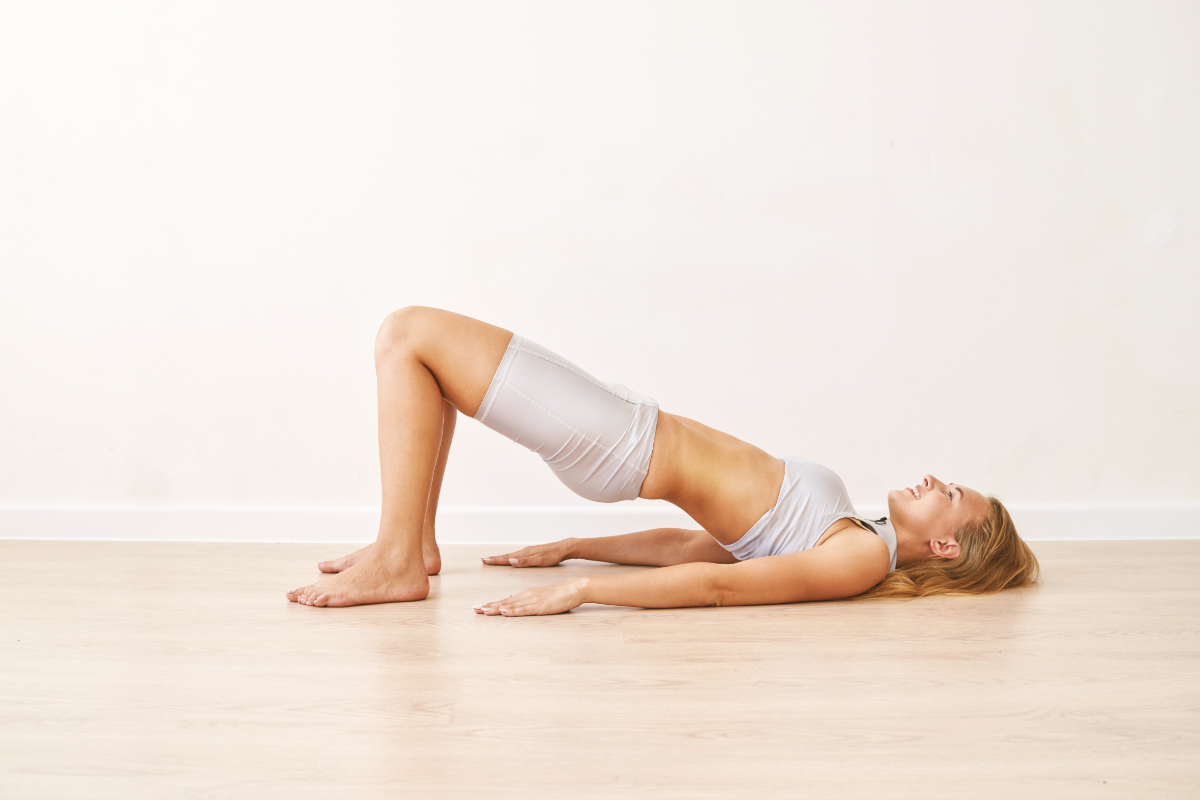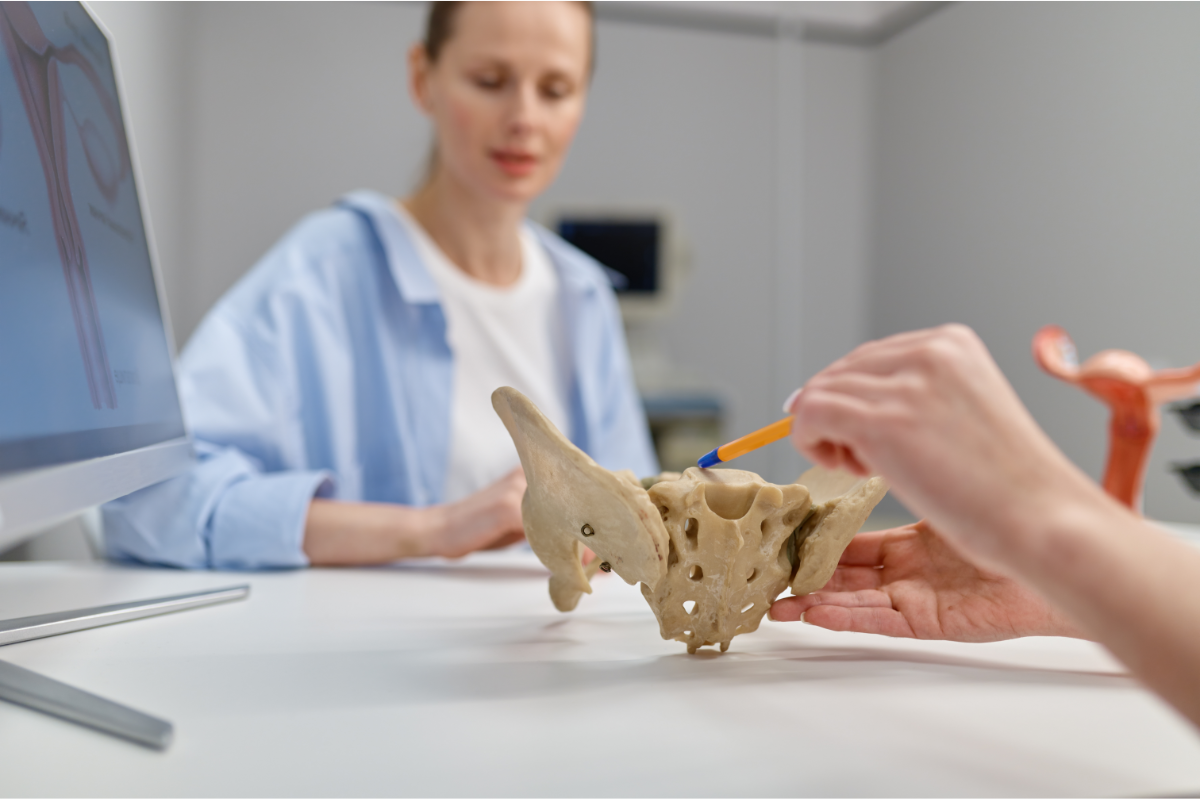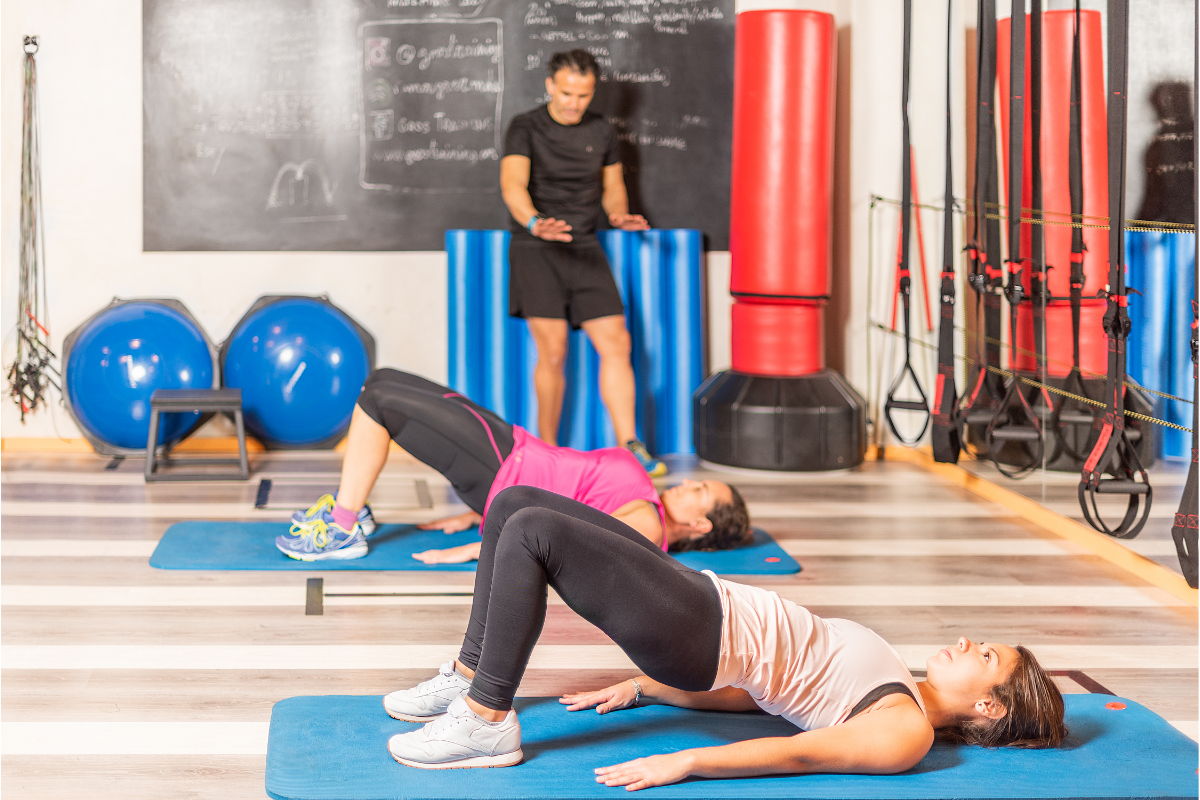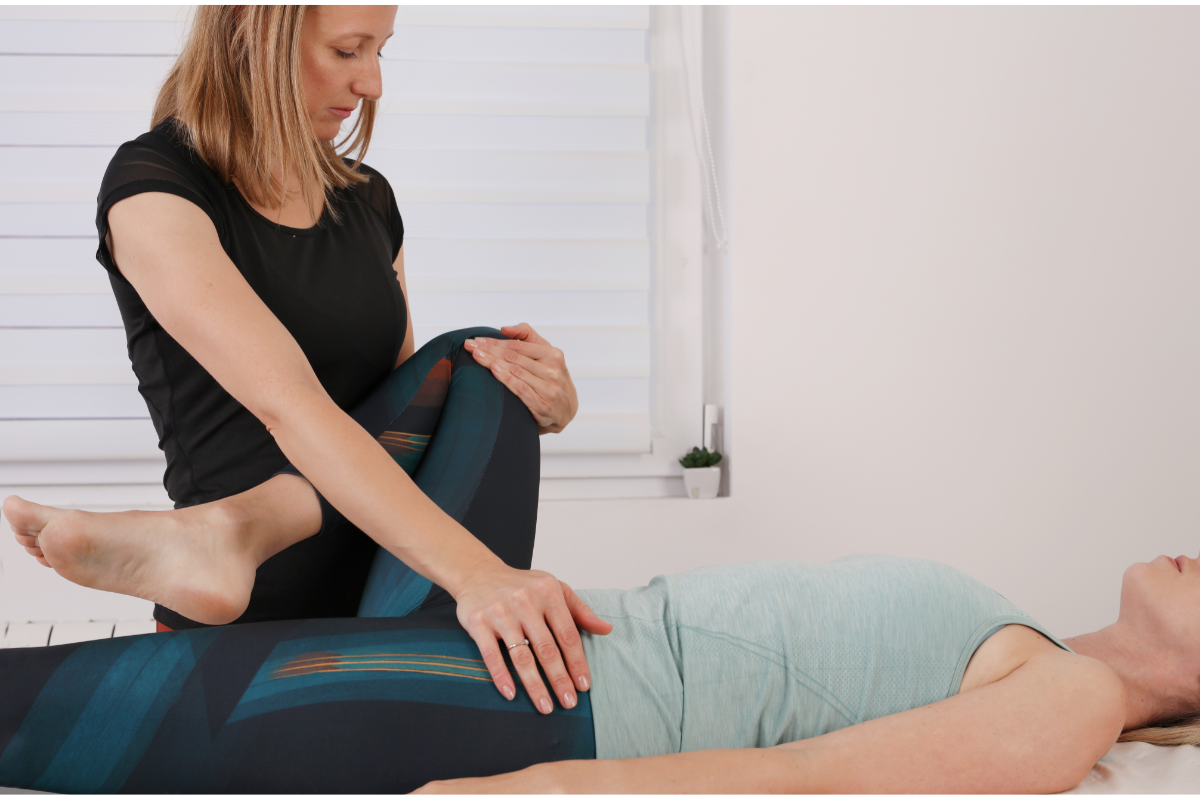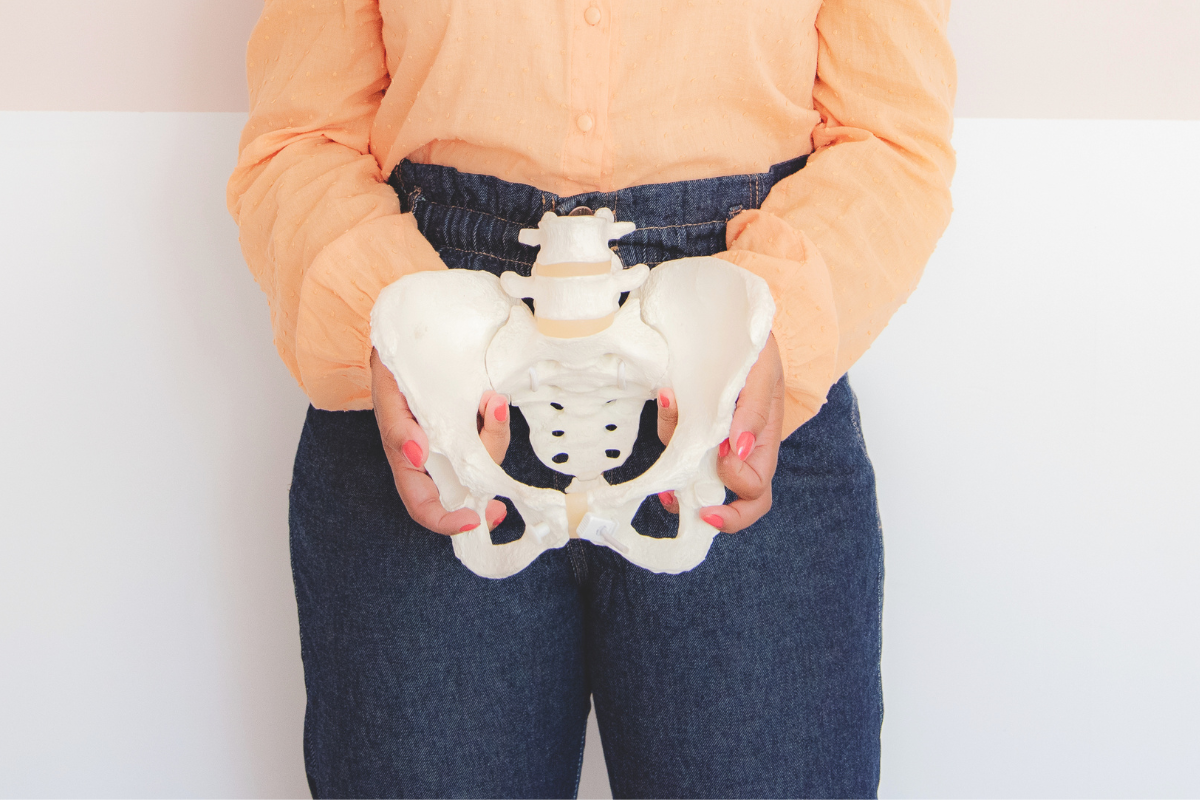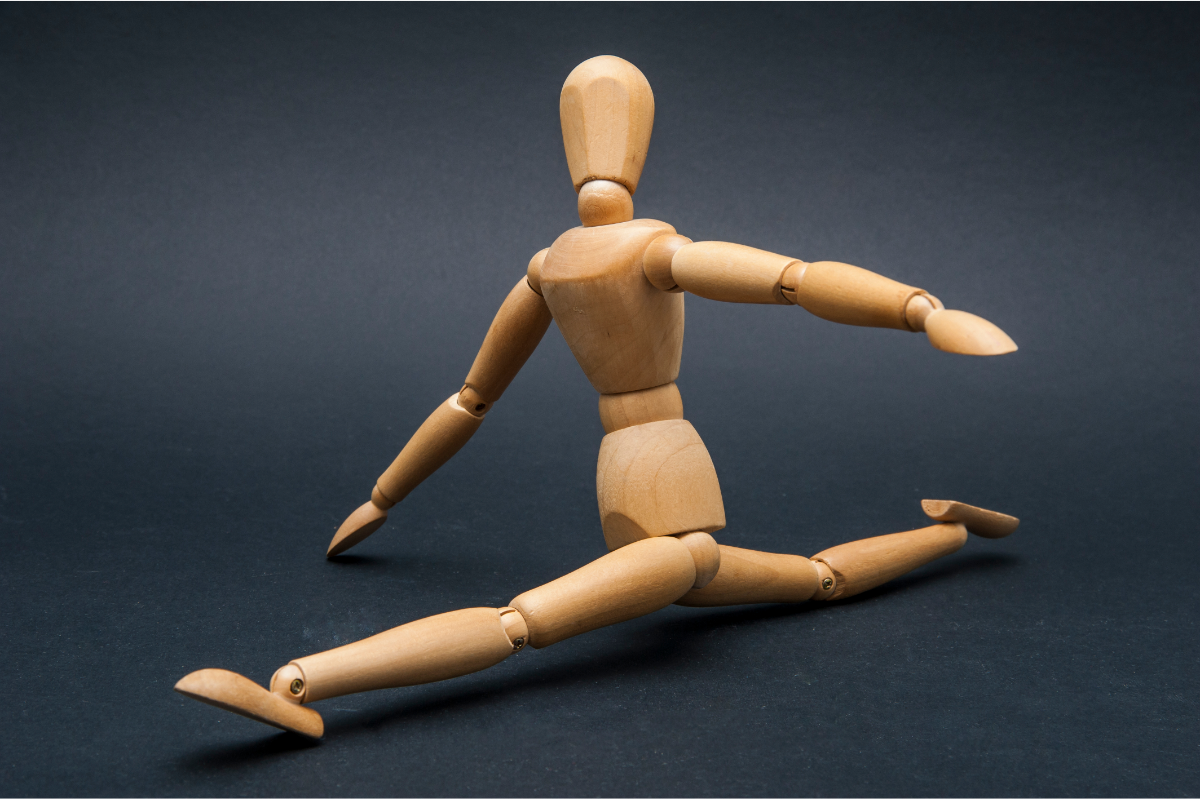How to Do Pelvic Floor Exercises Using Apps and Digital Tools
The pelvic floor is a crucial yet often overlooked aspect of our overall health. Comprising a group of muscles and connective tissues that support the bladder, uterus, and rectum, the pelvic floor plays a vital role in various bodily functions, including urinary and bowel control, sexual health, and core stability. However, many individuals are unaware of the significance of maintaining pelvic floor strength. Weakness in these muscles can lead to a range of issues, such as incontinence, pelvic pain, and decreased sexual function.
This is where pelvic floor exercises come into play. Commonly known as Kegel exercises, these routines can strengthen the pelvic muscles, offering numerous benefits such as improved bladder control, enhanced sexual pleasure, and support during pregnancy and postpartum recovery. Integrating these exercises into one’s daily routine can significantly improve quality of life, particularly for women and individuals who have undergone surgery or experienced childbirth.
In recent years, technology has transformed the way we approach health and fitness, including pelvic floor exercises. With the rise of mobile apps and digital tools, individuals now have unprecedented access to resources that can help them engage in effective pelvic floor training. These applications not only provide instructional guidance but also offer personalized tracking, reminders, and community support to encourage adherence to exercise regimens.
As we explore the intersection of technology and pelvic floor health, this article will delve into the various digital tools available, their functionalities, and how they can empower individuals to take charge of their pelvic health. By leveraging these modern solutions, users can cultivate a more proactive approach to maintaining their pelvic floor strength, ultimately leading to enhanced well-being and vitality.
Understanding the Pelvic Floor
Anatomy and Function of the Pelvic Floor
The pelvic floor is a complex structure consisting of muscles, ligaments, and connective tissue that form a supportive hammock at the base of the pelvis. This anatomical region includes several key components:
- Muscles: The pelvic floor muscles primarily consist of the levator ani and coccygeus muscles. These muscles help support pelvic organs, maintain continence, and facilitate sexual function. They work in concert with other muscles in the core to provide stability and strength.
- Nerves: The pelvic floor is rich in nerve supply, contributing to sensations that can enhance sexual pleasure and provide feedback for bladder and bowel control.
- Fascia and Connective Tissue: These structures provide additional support and help to anchor the pelvic organs in place. They also assist in maintaining the integrity of the pelvic floor during various activities.
The proper functioning of the pelvic floor is essential for overall health, influencing not only bladder and bowel control but also aspects of sexual health and core stability.
Benefits of Pelvic Floor Exercises
Engaging in regular pelvic floor exercises yields numerous benefits, including:
- Improved Bladder Control: Strengthening the pelvic muscles helps to reduce urinary incontinence, a common issue among women, especially during pregnancy and postpartum.
- Enhanced Sexual Function: A strong pelvic floor can lead to improved sexual pleasure and arousal, benefiting individuals and couples alike.
- Support During Pregnancy: These exercises can help prepare the body for childbirth by enhancing muscle elasticity and control, potentially leading to easier delivery and faster postpartum recovery.
- Reduced Pelvic Pain: Strengthening the pelvic floor can alleviate discomfort associated with pelvic pain syndromes and conditions like endometriosis.
- Better Posture and Core Stability: A strong pelvic floor contributes to overall core strength and can improve posture, which is vital for physical health and well-being.
Popular Apps for Pelvic Floor Exercises
Evaluation and Comparison of Different Apps
The market is flooded with mobile applications designed to assist users in performing pelvic floor exercises. Some of the most highly recommended apps include:
- Kegel Trainer: This app offers guided workouts, reminders, and progress tracking, making it easy to incorporate exercises into daily routines.
- Elvie Trainer: A unique app that connects to a smart Kegel device, providing real-time feedback and personalized training plans.
- Squeezy: Developed by the NHS, this app provides comprehensive resources and structured programs for pelvic floor exercises, particularly beneficial for postpartum recovery.
When evaluating these applications, consider factors such as user reviews, ease of use, and the variety of features offered to find one that best fits your needs.
Resources and Features Offered
Many pelvic floor exercise apps come equipped with various resources and features that enhance the user experience:
- Guided Workouts: Step-by-step instructions on performing exercises correctly, often with visual demonstrations.
- Progress Tracking: Monitoring capabilities that allow users to track their exercise frequency and improvements over time.
- Reminders: Notifications that encourage users to maintain their exercise schedule and stay committed to their pelvic health.
- Educational Resources: Articles and videos that explain the importance of pelvic floor exercises and offer tips for effective practice.
Digital Tools for Progress Tracking
Wearable Devices and Performance Monitoring
In addition to mobile apps, wearable devices such as smart pelvic floor trainers can significantly enhance the effectiveness of pelvic exercises. These devices often provide:
- Real-Time Feedback: Instant data on muscle engagement and exercise performance, helping users refine their techniques.
- Personalized Programs: Tailored routines based on individual performance, ensuring users are challenged appropriately.
Integration of Apps with Health Devices
The integration of pelvic floor exercise apps with health devices (like smartwatches) allows for a comprehensive approach to monitoring overall health. This connectivity enables:
- Holistic Tracking: Users can track not only their pelvic floor exercises but also other health metrics like heart rate, activity levels, and sleep patterns.
- Data Sharing with Healthcare Providers: Users can share their progress data with healthcare professionals, facilitating better-informed discussions about pelvic health.
Online Guides and Tutorials
Videos and Courses on Pelvic Floor Exercises
Numerous online resources offer tutorials, videos, and courses on pelvic floor exercises. Websites and platforms like YouTube, Udemy, and specialized health sites provide valuable content, including:
- Instructional Videos: Demonstrations of exercises by healthcare professionals to ensure proper technique.
- Educational Courses: Comprehensive programs that guide users through various aspects of pelvic health, from anatomy to exercise routines.
Communities and Support Forums
Joining online communities and support forums can provide encouragement and motivation. Platforms like Reddit, Facebook groups, and specialized forums allow users to:
- Share Experiences: Connect with others facing similar challenges and share tips for success.
- Access Expert Advice: Many forums include input from healthcare professionals who can offer guidance and answer questions.
Tips for Maximizing the Use of Apps and Tools
Establishing an Exercise Routine
Creating a consistent routine is key to reaping the benefits of pelvic floor exercises. Here are some tips to help establish a sustainable practice:
- Set Clear Goals: Define what you aim to achieve, whether it’s improved bladder control or enhanced sexual health.
- Choose the Right Time: Identify a specific time of day that works best for you, making it easier to integrate exercises into your daily schedule.
- Use Reminders: Leverage app notifications to prompt you to complete your exercises, making them a regular part of your day.
Maintaining Motivation with Technology
Keeping motivated can be challenging, but technology can help. Consider these strategies:
- Track Progress: Regularly review your progress within the app to see improvements, which can boost motivation.
- Participate in Challenges: Join online challenges or community events to stay engaged and accountable.
- Celebrate Milestones: Acknowledge and celebrate your achievements, no matter how small, to stay motivated on your journey to better pelvic health.
By understanding the pelvic floor, utilizing digital tools, and committing to a regular exercise routine, individuals can take significant strides towards enhancing their pelvic health and overall well-being.
The integration of technology into pelvic floor exercises represents a significant advancement in how individuals can approach their health and wellness. As we look to the future, the continued evolution of apps, wearable devices, and online resources will likely enhance accessibility and engagement, making it easier for users to incorporate these vital exercises into their daily routines. With innovations such as real-time feedback and personalized training plans, individuals are empowered to take charge of their pelvic health like never before.
Moreover, the role of community and shared experiences through digital platforms fosters a supportive environment where individuals can learn from one another and share their journeys. This sense of belonging can greatly enhance motivation and adherence to exercise routines, which are crucial for long-term health benefits.
Reflecting on the importance of pelvic health, it becomes clear that a strong pelvic floor is foundational to overall well-being. Addressing issues such as incontinence, pelvic pain, and sexual health through regular exercise can lead to profound improvements in quality of life. By prioritizing pelvic floor exercises and leveraging modern technology, individuals can cultivate greater confidence and resilience in their bodies.
In conclusion, the commitment to maintaining pelvic health through the use of digital tools is not just about exercise; it’s about embracing a proactive approach to overall wellness. By investing time and effort into these practices, users can enhance their physical health and enjoy the myriad benefits of a strong, well-functioning pelvic floor, paving the way for a healthier and more fulfilling life.
https://pmc.ncbi.nlm.nih.gov/articles/PMC10357376

I’m Hillary Swan, a certified fitness trainer specializing in women’s health and pelvic floor strength. I’m passionate about empowering others to improve their core wellness through targeted exercises. Let’s strengthen our bodies together for a healthier, more confident life.

